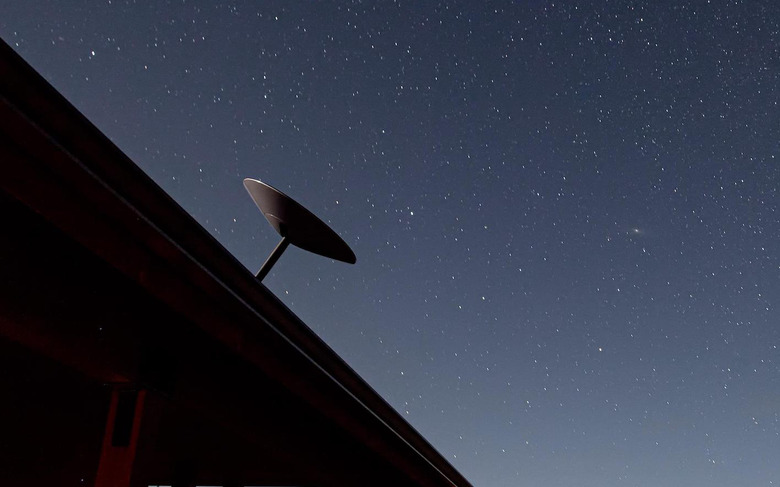SpaceX Starlink 17 Launch Pushed To March 4
SpaceX plans to launch its latest set of Starlink internet satellites on March 4, having pushed back the newest mission due to ongoing weather concerns. Starlink 17, as the payload is known, was intended to fly on February 28 as SpaceX further fills in its constellation of internet-beaming satellites.
That constellation has been building out in earnest over recent months, as SpaceX adds more users to its growing Starlink internet beta. The system relies on a cluster of satellites and an auto-adjusting dish on the ground, with users able to get online at cable-like rates without needing to worry about whether they're in the service area of a 5G network or a traditional DSL/cable connection.
For that to happen, of course, Starlink needs more satellites. The company is now taking reservations for the expanded beta – having announced it had around 10,000 customers in the early, invitation-only beta in 2020 – though new users will only be onboarded as the coverage spreads. That's where SpaceX and the Falcon 9 comes in.

The mission will launch from LC-39A at NASA's Kennedy Space Center in Florida. An auto-abort scrubbed the late-February launch less than 90 seconds before the rocket was due to lift off. Poor weather conditions in the recovery area, SpaceX said, along with needing "to allow additional time for pre-launch checks," delayed the rescheduled launch on March 1. Weather, though, has continued to be a concern.
"Now targeting no earlier than Thursday, March 4 for launch of Starlink due to a Range conflict and unfavorable launch and recovery weather," SpaceX said yesterday.
If everything goes according to plan, Starlink 17 will see its first stage recovered by the autonomous drone ship "Of Course I Still Love You," on which it has previously landed and been prepared for reuse. The fairings will have a wetter landing, being designed to hit the Atlantic Ocean whereupon SpaceX will try to collect them.
Still, that's better than the fate of the previous Starlink launch booster. That had a fiery ending rather than a safe recovery, though the primary mission was unaffected.
Assuming all goes to plan this time around, 60 new Starlink satellites will be making their way into orbit. As well as building out coverage, the company has been working on improving speed and latency through a variety of tweaks and refinements. Musk has recently said that he expects Starlink to hit 300 MB/s and trim latency to around 20ms; currently, the beta suggests speeds along the lines of 50-150 MB/s are likely, and latency around 40ms, though at times customers are warned that service may cut out completely.
